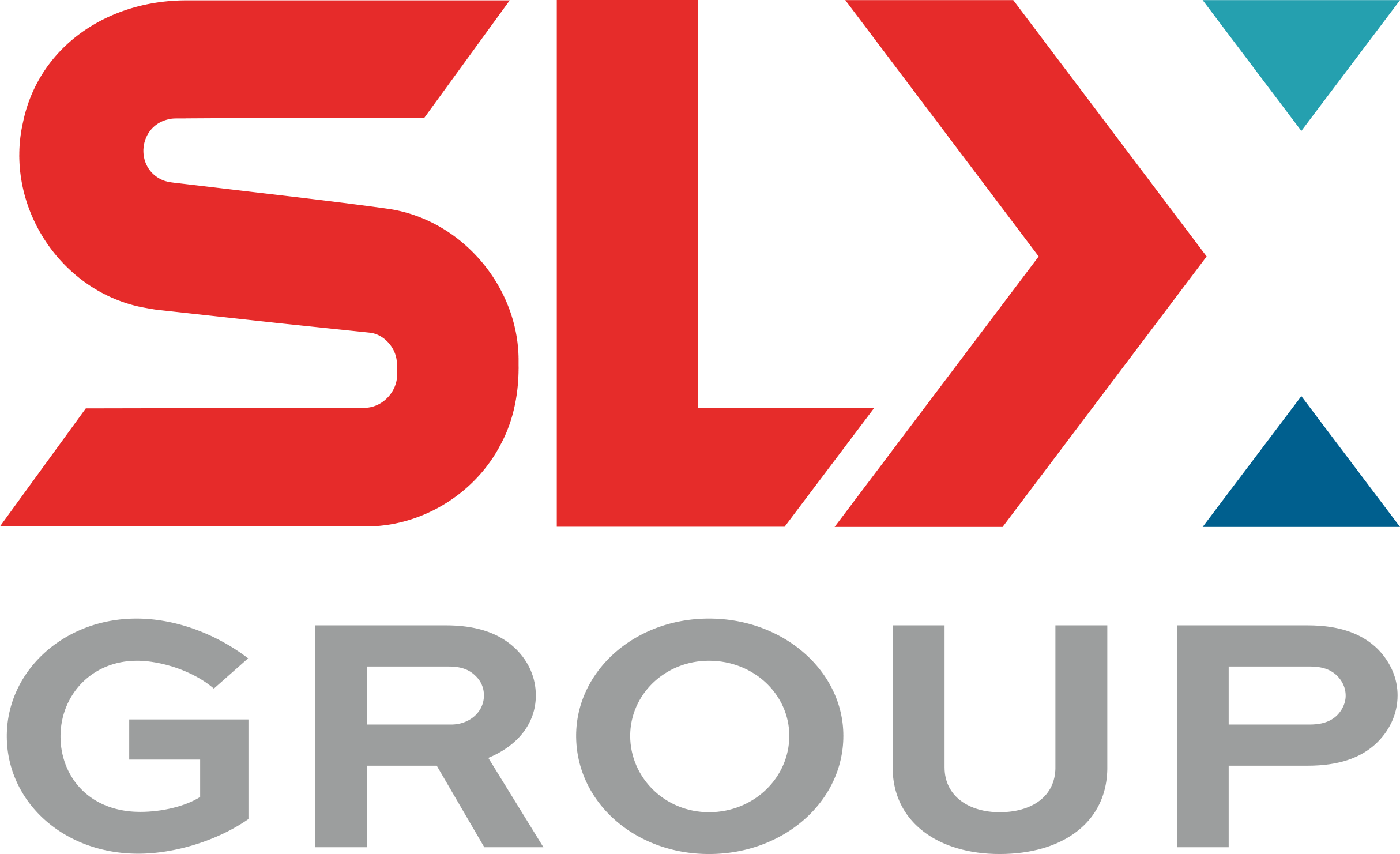
Efficient and compliant changeover of bunker fuels with the Parker X-Ray Fluorescence Analyser
19/04/24

The regulations to control airborne emissions from ships worldwide and the stricter limits in Sulphur Emission Control Areas (SECAs) impose restrictions on the amount of sulphur content in marine fuels.
Emission control
Since 2005 sulphur content in fuel oil has been gradually reduced to today’s levels of 0.10% within SECAs, and some port areas, and 0.50% outside SECAs (unless the vessel has a compliant scrubber).
Accurate testing of sulphur levels in fuel becomes of paramount importance to ensure that a vessel complies with the restrictions even while at sea. Simplex Turbulo, part of SLX Group, who is an approved distributor of the manufacturer Parker, is carrying out a targeted campaign to promote and support the condition-based monitoring device which offers the all-in-one solution to fuel sulphur content compliance.
The issue with bunker fuel
It's common knowledge that Bunker Delivery Notes (BDNs) are notoriously inaccurate, and therefore unreliable especially when sailing across SECA borders. To verify the BDN accuracy with off-site lab testing can be costly and time consuming. Even when the BDN is accurate and reliable, if the bunker fuel taken on board is mixed with bunker already held in the vessel, any Sulphur content data on the BDN becomes immediately invalid. These issues can be overcome by carrying out on-board testing, granted that it provides accurate and reliable results.
The solution
Earlier this month we attended Seatrade Cruise Global 2024, in Miami, trading as SLX Group, where we showcased the Parker XRF Analyser, an on-board X-ray fluorescence elemental analyser. In just two minutes this device can determine the sulphur content in fuel and the elemental metals contained in lubricant oil with lab-level accuracy.
The size of a small air fryer, it is lightweight and highly portable, as well as easily operated with minimal training, making it the ideal piece of equipment to have on board for quick, efficient and reliable testing.
To carry out elemental analysis on a small liquid sample, the device generates very low-level X-rays, only while testing is occurring, of less than 1 micro-Sieverts per hour (<1μSv/hr) at a distance of 0.1m. This is close to the general X-ray background radiation that naturally occurs worldwide.
The XRF Analyser is factory calibrated to ISO8754. It carries out an initial self-calibration to a copper disk every time the unit is switched on, after which it’s good to start sample analysis. A field recalibration is recommended every 2 years by the manufacturer, and we are working on a solution whereby field calibration can be done directly on board.
Samples only take a couple of minutes to prepare, with the practical kit of pots, pipettes and film provided together with the device. After a brief initialisation, the machine is ready for testing; this takes just over 2 minutes and results are given to 3 decimal places.
Sulphur content in fuel
In order to meet the requirements on sulphur emissions, a vessel sailing in SECAs has to use fuel oil on board with a maximum sulphur content of 0.10% (mass by mass), which includes use in main and auxiliary engines and boilers. Outside of SECAs the fuel sulphur content is capped at 0.50% (or 3.5% if the vessel has scrubbers), thus requiring the ship to change-over its service tanks, switching from one fuel to the other as it enters and leaves SECAs.
The change-over procedure must be followed to ensure that the high-sulphur fuel is gradually diluted in the system and flushed out thoroughly, and completely replaced by the low-sulphur fuel. The duration for reaching the target sulphur level can vary depending on the machinery fuel oil consumption, the volume of the service system and the level of sulphur in the fuel.
When in “fuel” mode, the Parker XRF Analyser determines the sulphur content of bunker fuels ranging from Marine Gas Oil (MGO) to Heavy Fuel Oil (HFO). Thanks to the fast and accurate testing that can be performed in preparation to the vessel entering and leaving SECAs and port areas, by using the XRF Analyser a crew can be certain that their vessel is compliant with the fuel regulations set for the area they are sailing in.
The Parker XRF Analyser makes undertaking frequent fuel change-overs extremely effective, ensuring reliable compliance while also providing commercial efficiencies that allow an ROI ‘in days, perhaps even hours’. This make it the ideal device for cruise vessels, which by definition are in and out of SECAs all the time, but is undoubtedly useful to any seafaring vessel.
Elemental metals in lube oil
The Parker XRF is also calibrated to analyse lube oils for detecting a wide range of wear metals. The method consists in carrying out a comparative analysis to give indications of abnormal machinery wear, mainly in engine lubricant oil, but also hydraulic oil.
Calibrated metals are Calcium (C), Titanium (Ti), Vanadium (V), Chromium (Cr), Manganese (Mn), Iron (Fe), Nickel (Ni), Copper (Cu), Zinc (Zn), Molybdenum (Mo), Silver (Ag), Cadmium (Cd), Tin (Sn) and Lead (Pb).
The takeaway
The Parker XRF Analyser is a brilliant bit of equipment, weighing less than 5kg, with dimensions 212 x 258 x 258 mm. The Sulphur “breathalyser” is an essential piece of equipment to give crews, captains, and management complete control over bunker use, bunker compliance and highly commercially efficient bunker change-overs.
Contact spares@simplexturbulo.com for more information or to request a quote.
Share
